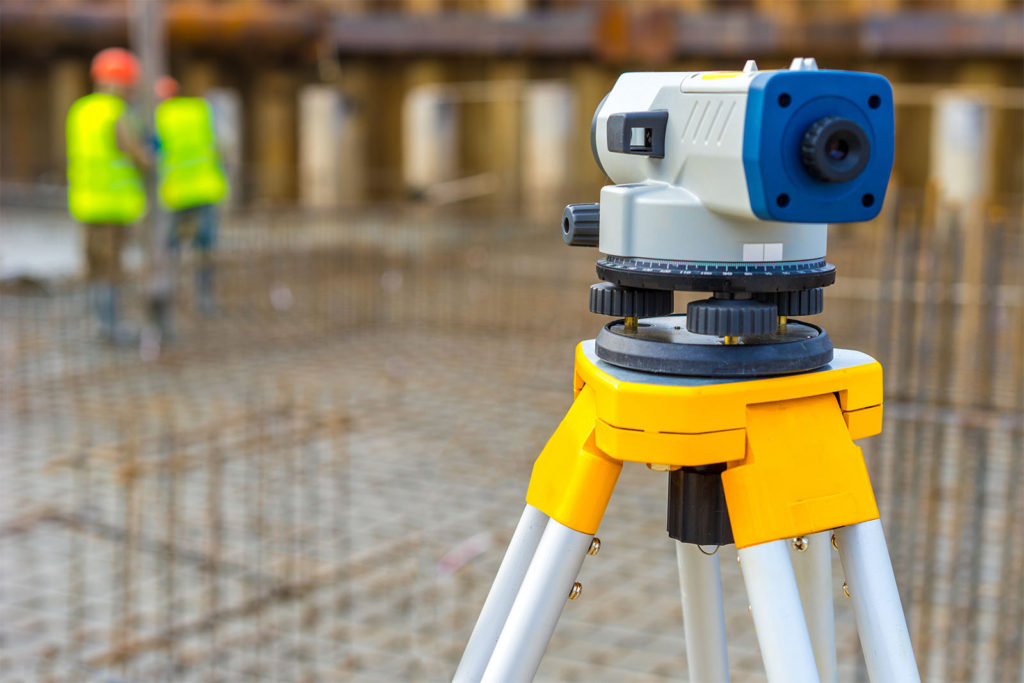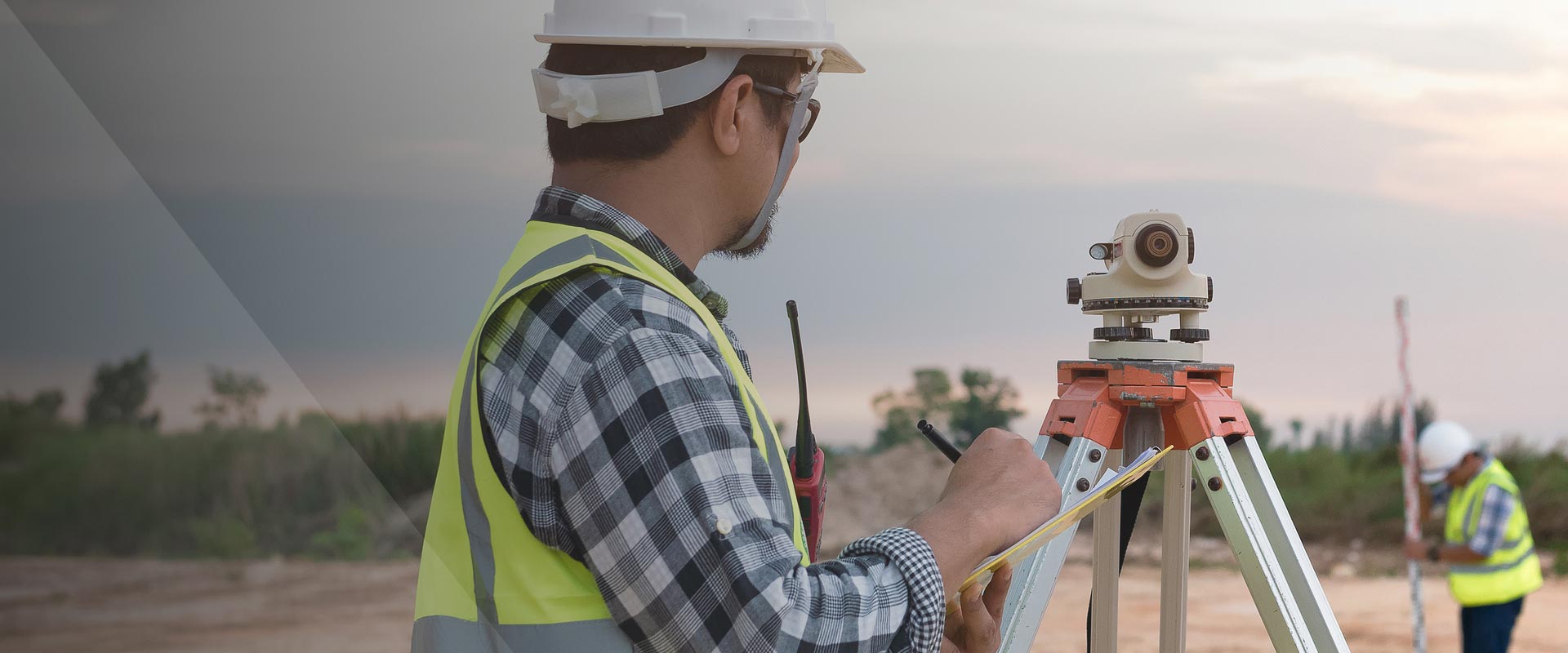Topographical Surveying: A Complete Guide for Land and Site Development
Topographical Surveying: A Complete Guide for Land and Site Development
Blog Article
Important Tools and Techniques in Laying Out Design
The discipline of establishing out engineering counts heavily on a suite of crucial tools and strategies that underpin the precision and efficiency of project implementation. What implications does this hold for future design practices?
The Relevance of Accurate Measurements

The value of precise dimensions extends beyond mere conformity; they are important to the total effectiveness of design procedures. Errors can result in worldly waste, project delays, and increased labor expenses, inevitably affecting the job's profits. Moreover, exact dimensions improve the quality of the last item, ensuring that it executes as meant and fulfills the expectations of stakeholders - setting out engineering.
Additionally, the value of exact dimensions is evident in different design techniques, consisting of civil, mechanical, and electrical design. Each area requires an one-of-a-kind strategy to measurement, yet the underlying requirement for accuracy stays continuous. As jobs come to be increasingly complicated, the reliance on accurate measurements will just escalate, underscoring the demand for continual improvements in dimension strategies and modern technologies. Hence, cultivating a culture that prioritizes precision is crucial for the future of design.
Important Tools for Establishing Out
Setting out, a critical stage in the engineering and building and construction process, depends heavily on details tools that make certain precise area and alignment of frameworks. Among these devices, the property surveyor's degree stands out, supplying accurate straight measurements important for establishing recommendation factors. This instrument makes it possible for designers to establish elevation modifications and keep uniformity throughout the project website.
The total amount station is another indispensable device, incorporating electronic distance dimension with angular dimension capacities. This technology improves performance and accuracy in recording spatial data, enabling reliable website format and preparation.
Additionally, the use of gauging tapes and noting devices, such as chalk lines or stakes, is essential for momentarily noting limits and vital factors on the website. These basic tools, though basic, are critical for ensuring clear communication among the construction group relating to job requirements.
Lastly, general practitioner innovation has actually gotten grip in establishing out procedures, giving real-time placing information and significantly improving accuracy over standard techniques. Collectively, these vital devices create the backbone of efficient setting out practices, ultimately adding to the effective implementation of engineering and building projects.
Advanced Surveying Techniques
Advanced surveying methods play a critical role in enhancing the precision and effectiveness of engineering projects. These strategies incorporate a variety of approaches that give exact information for style and building and construction. Traditional approaches, such as progressing and triangulation, have actually evolved right into much more advanced approaches, consisting of Total Station studies and Worldwide Navigation Satellite Equipment (GNSS)
Complete Terminal devices incorporate electronic theodolites with distance measurement abilities, allowing property surveyors to collect specific area data with terrific rate. This innovation dramatically minimizes errors connected with hands-on dimensions and offers real-time information handling. GNSS uses unequaled accuracy for large projects Continued by using satellite signals to determine specific positioning, which is important for ensuring and straightening frameworks conformity with design specifications.
In addition to these devices, advanced methods also incorporate geospatial analysis and 3D modeling. These techniques make it possible for designers to visualize terrain and site conditions better, assisting in far better decision-making throughout the planning phase. By using these advanced surveying techniques, engineering jobs can achieve greater precision in layout, decrease rework, and eventually improve general task success.
Digital Modern Technology in Engineering
The assimilation of digital technology has transformed design practices, improving both performance and precision throughout numerous techniques. Devices such as Structure Details Modeling (BIM) facilitate the visualization and monitoring view it now of intricate tasks, allowing engineers to collaborate seamlessly and make informed choices. This modern technology enables the creation of detailed 3D versions, which can be assessed for architectural stability and efficiency before construction begins.

The application of expert system and artificial intelligence in design procedures better boosts predictive upkeep and optimization of sources. These technologies make it possible for the evaluation of huge data collections, leading to much better forecasting and improved task results. Generally, digital modern technology is improving the engineering landscape, driving development, and making sure that jobs are finished with higher efficiency and lowered threat. As the market proceeds to develop, embracing these tools will be crucial for future success.
Ideal Practices for Implementation
When carrying out electronic modern technology in design, it is crucial to establish a calculated approach that why not check here lines up with task objectives and business capabilities. A detailed evaluation of existing operations and technology framework is necessary to determine voids and possibilities for renovation. Involving stakeholders early at the same time cultivates partnership and makes certain that the modern technology meets user demands.

Task managers should adopt a repetitive implementation technique, enabling changes based on real-time comments and performance analyses. This dexterous approach not just mitigates risks but likewise promotes constant renovation by incorporating lessons learned.
Conclusion
In final thought, the combination of crucial devices and progressed techniques in laying out engineering is vital for ensuring precision in measurements and successful task execution. Employing instruments such as surveyor's levels, complete terminals, and GPS innovation, alongside modern surveying approaches, boosts precision and lowers the chance of mistakes. Embracing ideal practices in implementation better maximizes these procedures, eventually fostering improved project end results in the design and building fields.
The technique of establishing out engineering relies greatly on a suite of necessary tools and methods that underpin the accuracy and efficiency of task execution.Additionally, the importance of exact measurements is noticeable in numerous engineering techniques, consisting of civil, mechanical, and electrical design. By using these sophisticated surveying strategies, engineering tasks can accomplish higher accuracy in layout, lower rework, and eventually boost total job success.
Overall, electronic technology is improving the engineering landscape, driving development, and ensuring that tasks are completed with higher effectiveness and decreased threat (setting out engineering).In final thought, the assimilation of vital devices and progressed methods in setting out engineering is essential for guaranteeing accuracy in dimensions and effective project execution
Report this page